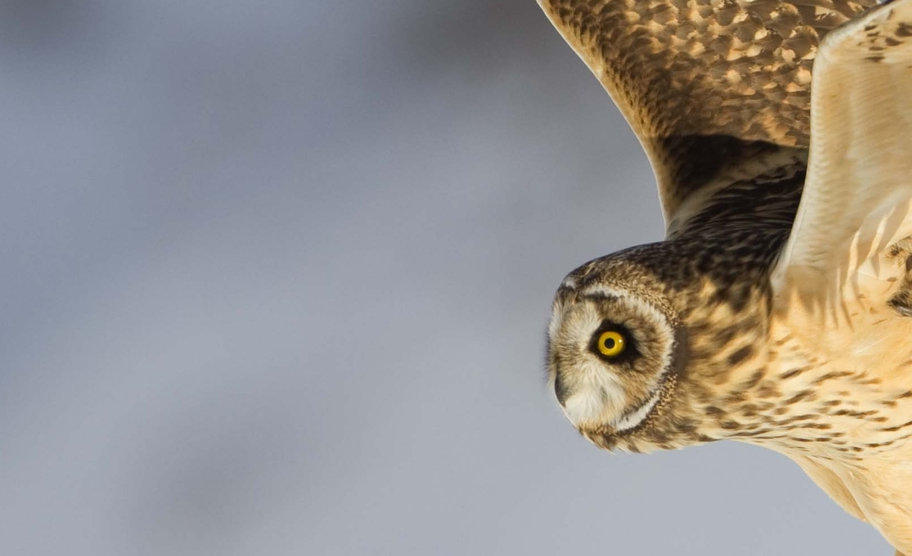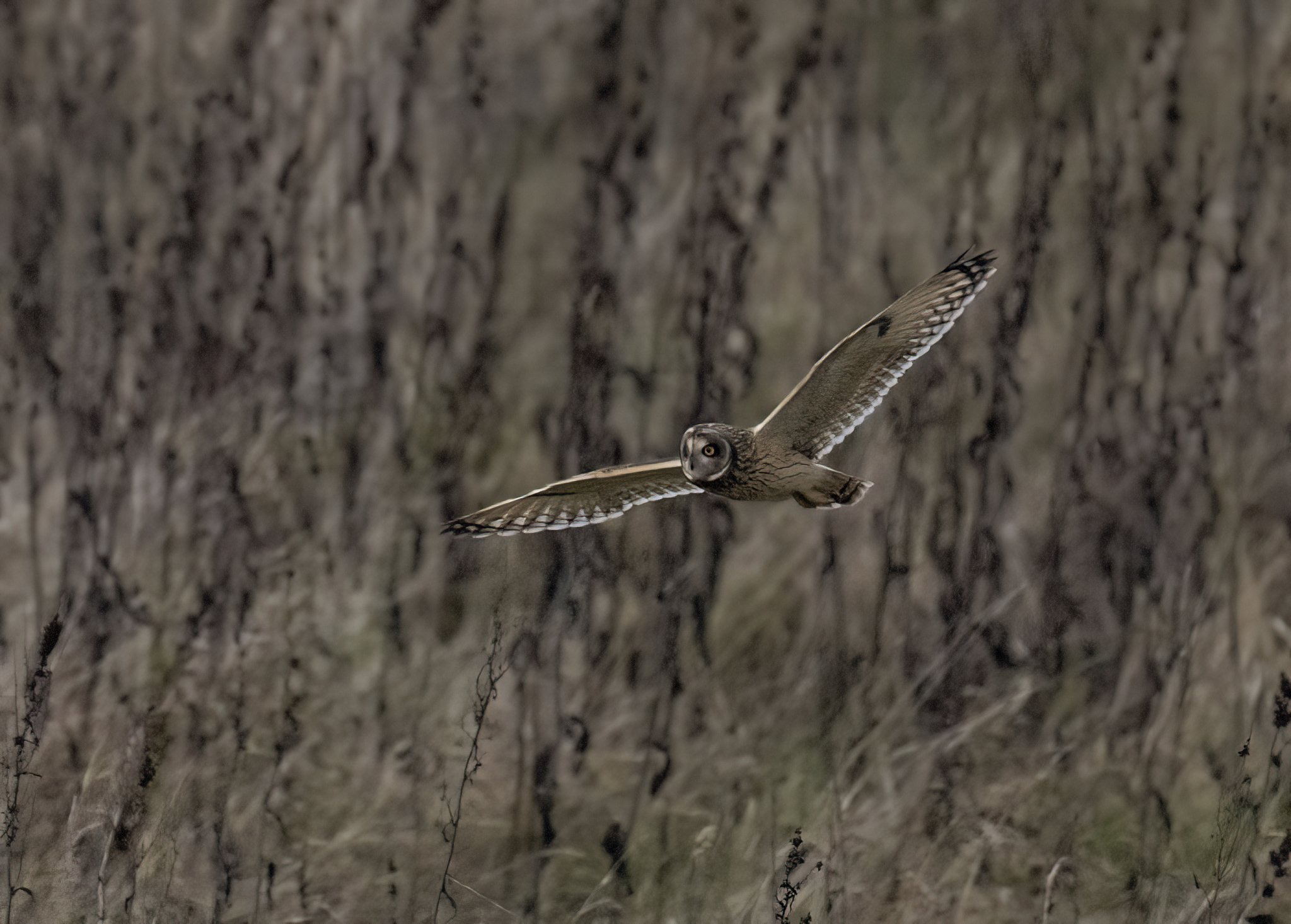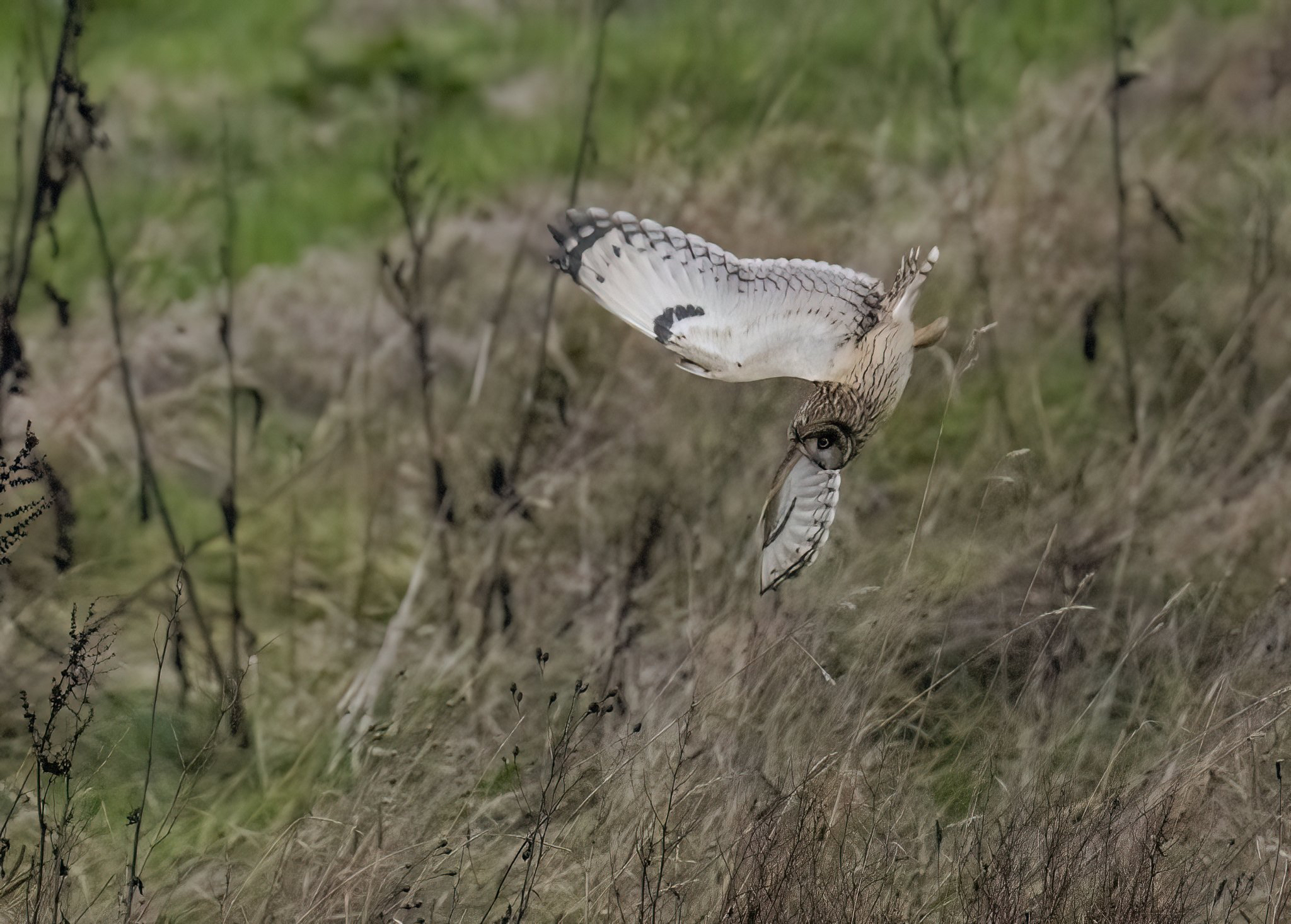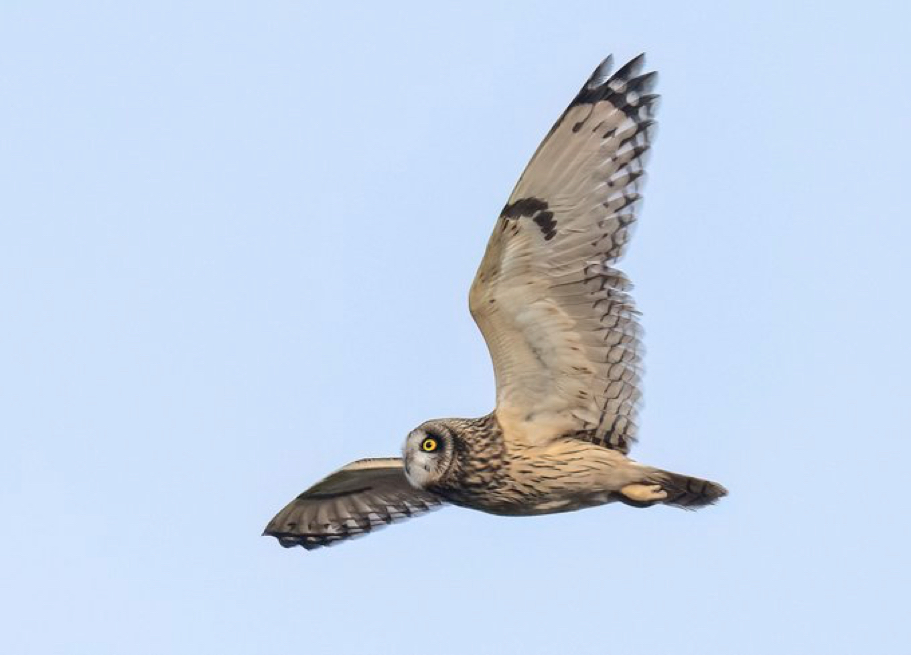Cropton Forest & Hot Tub Birding
As soon as they told me I thought "Nuthatch" and at close quarters, so close that I could see them clearly without binoculars, how cool is that. But, and it's a big but, can I take the time off? My head said no but my heart was saying you have too and others are noticing you're worn out.
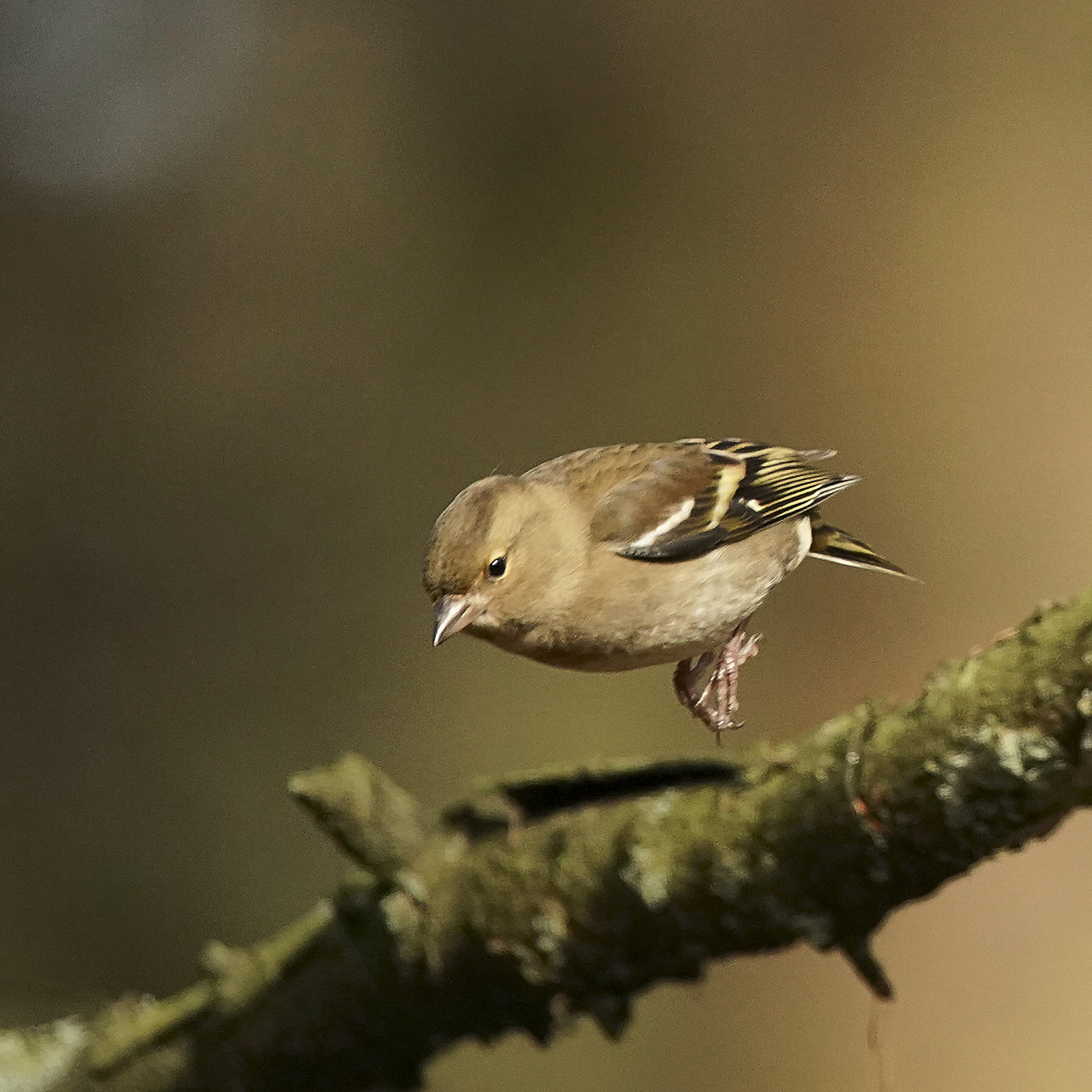
Needless to say I agreed, and was really touched and the selfless actions of others and their kindness. We arrived at the cabin on a Friday afternoon in late November 2024, I had no idea what to expect and what we had I would have never expected. The cabin was huge and comfortable and came with a hot tub, the tub was facing the forest and the trees and wildlife was so close. Deer walked by within feet and the birds just sat there staring at us…magnificent!
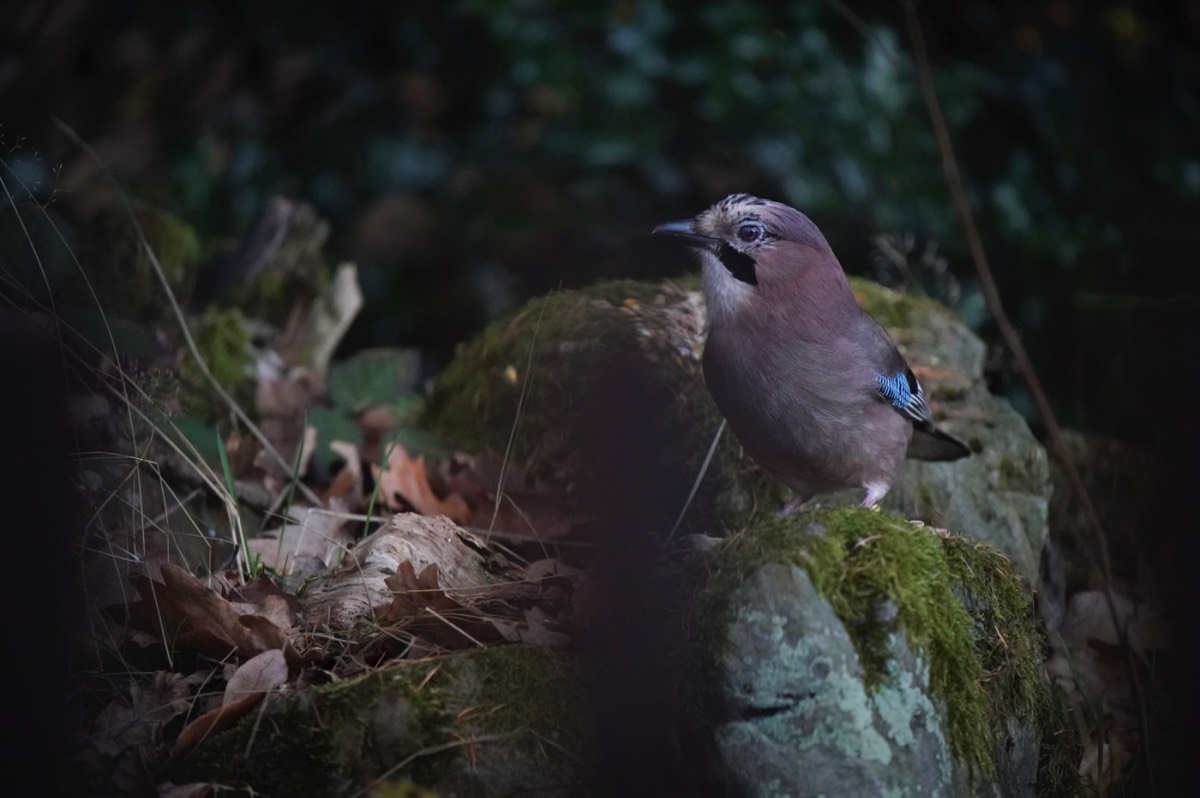
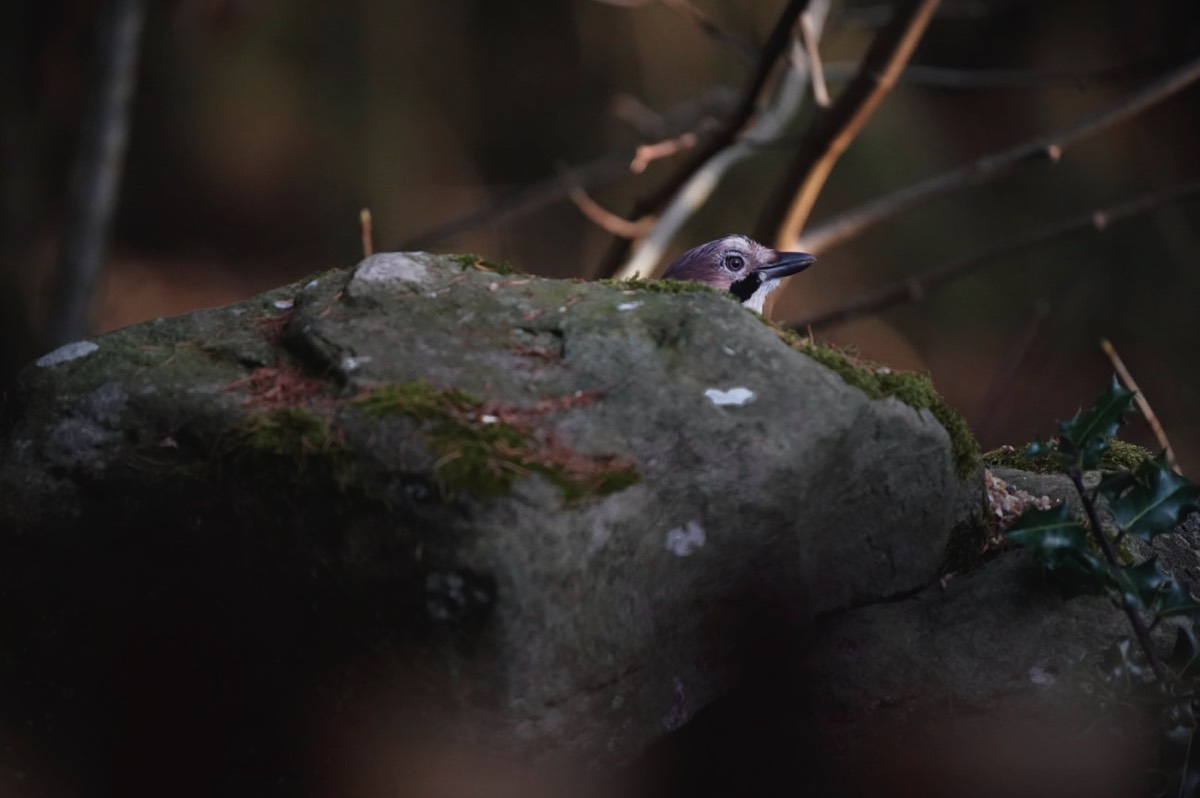
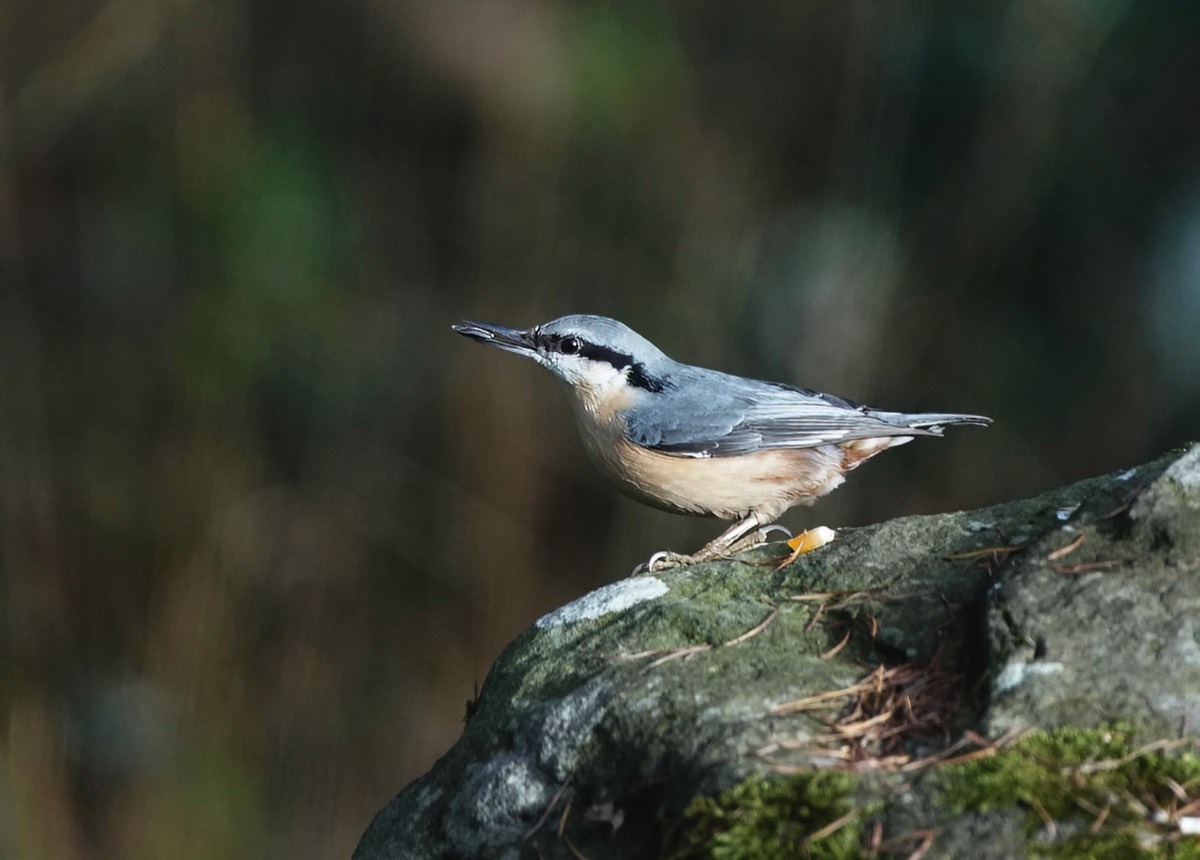
I absolutely love Nuthatch and Jay, they are both great indicators of the health of a woodland or forest. And if you see one it is often the case that you see the other not far away. Jay are part of the Crow family and are very opportunistic feeders. Jays are found all over the world and as far east as Japan, thay will eat almost anything and are survivors just like the rest of the Crow family. The are great mimics of sounds and can use this to their advantage, they will mimic Cats to scare of other animals. Usually to get good views of Jay you'll need to be extremely quiet, even sneaky, if not, all you will see is the birds rump as it flies away having seen you long before you see them.
Nuthatch
When you see a Nuthatch, no matter how many times you have seen one or how many times you're going see one they fill your heart with excitement. Nuthatch are numerous yet illusive, they take some finding, however always there if you know where and how to look.
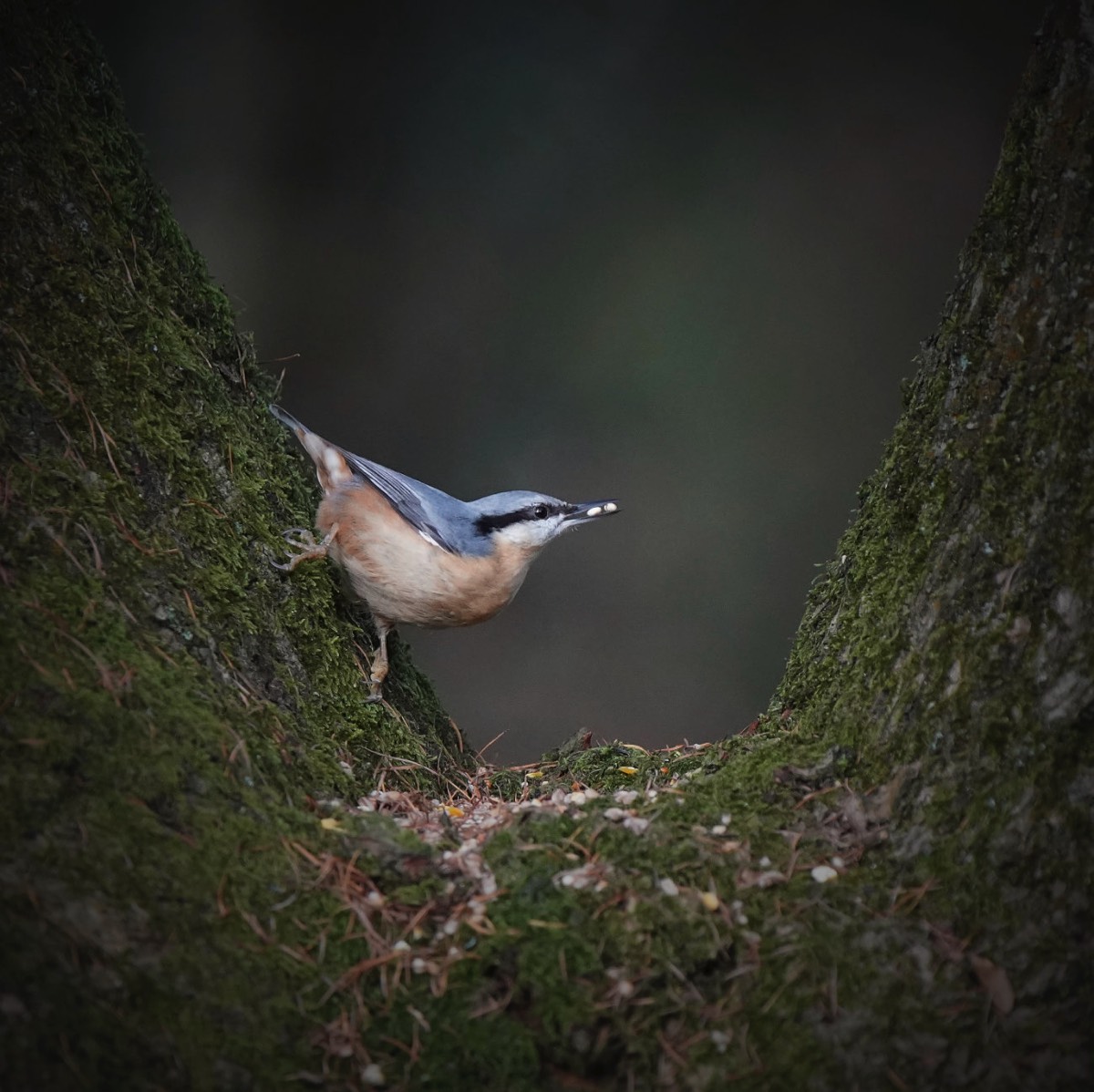
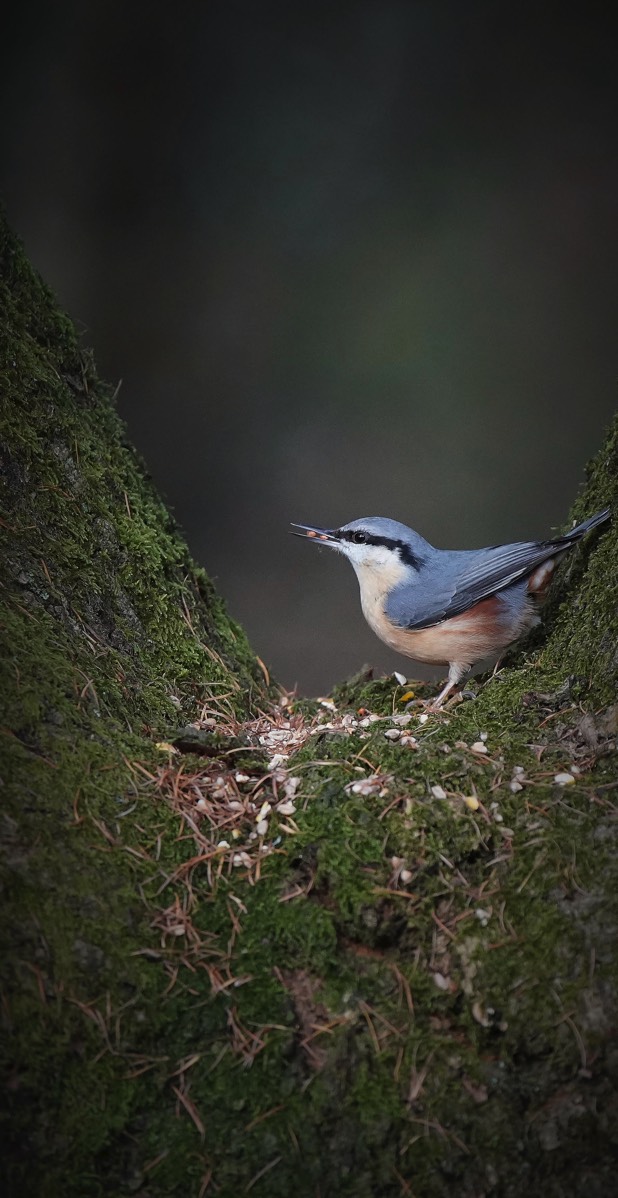
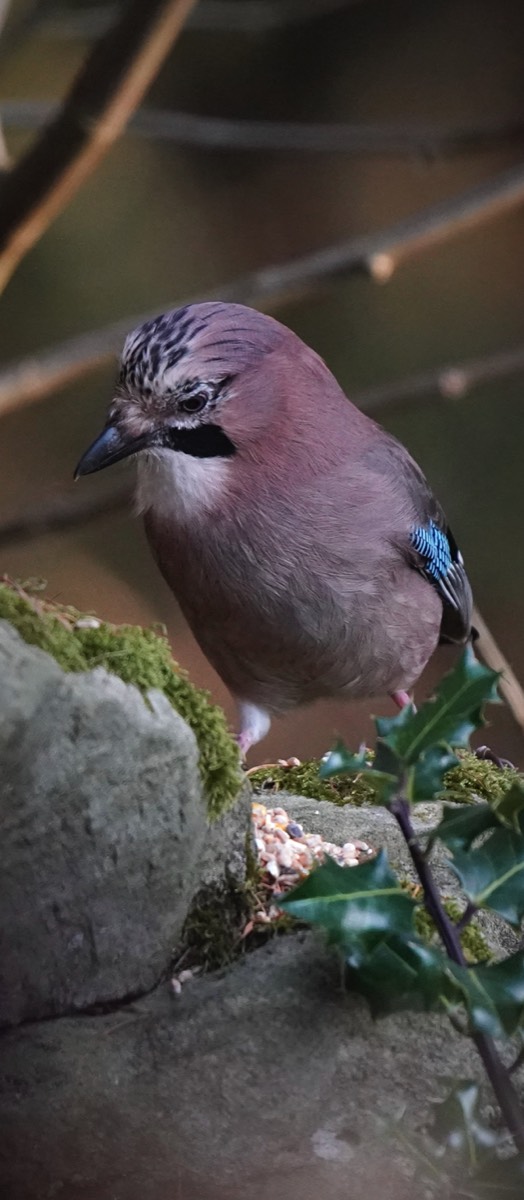
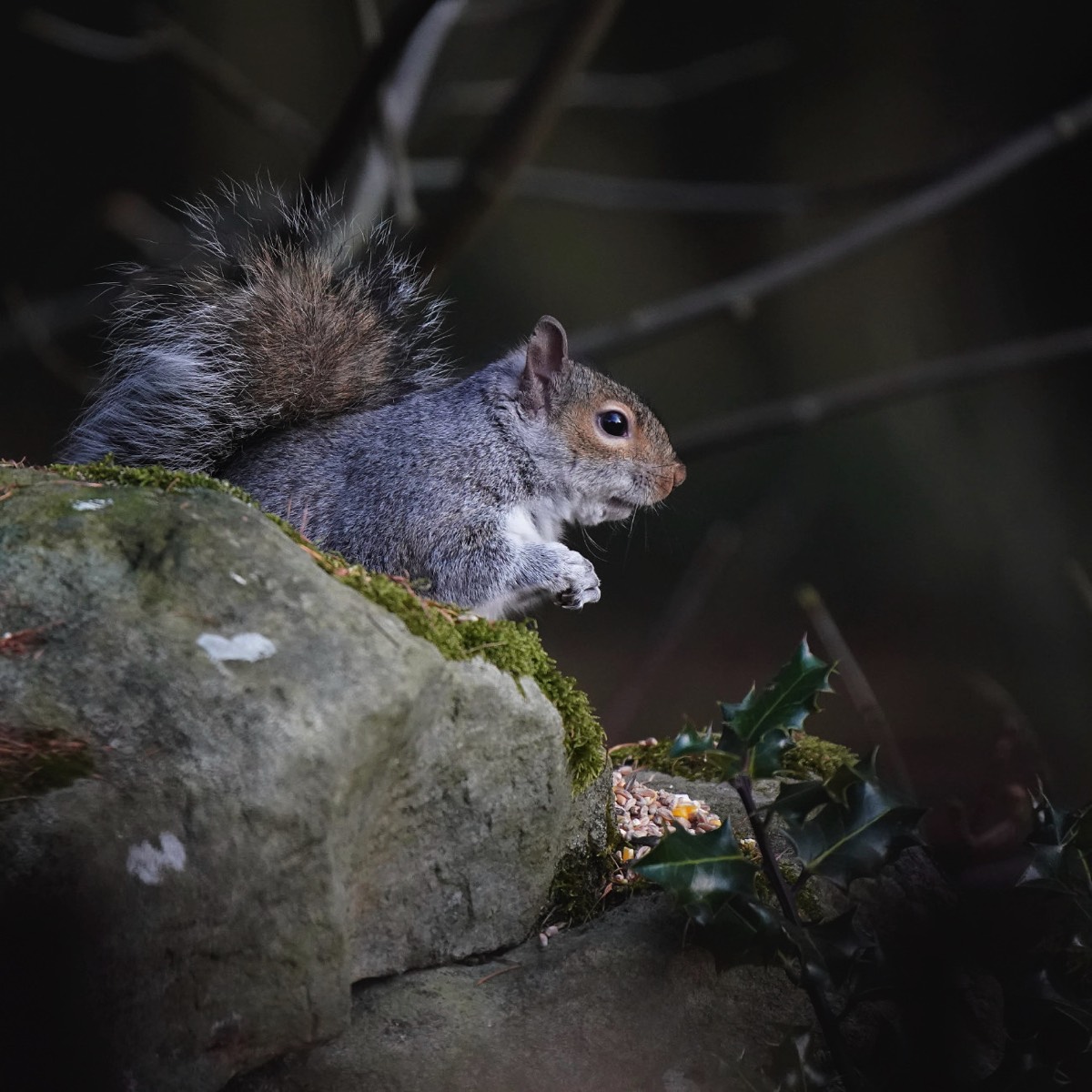
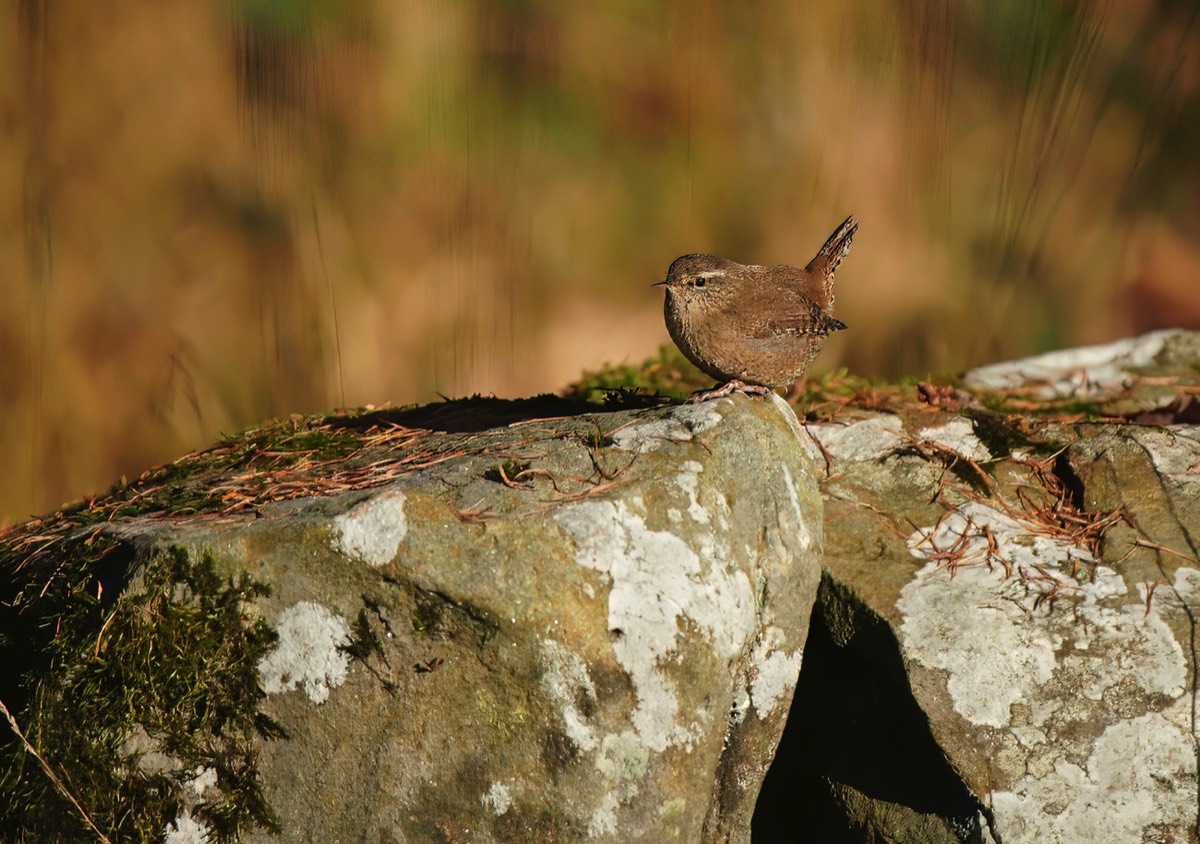
One of the most written about birds, The Wren.
